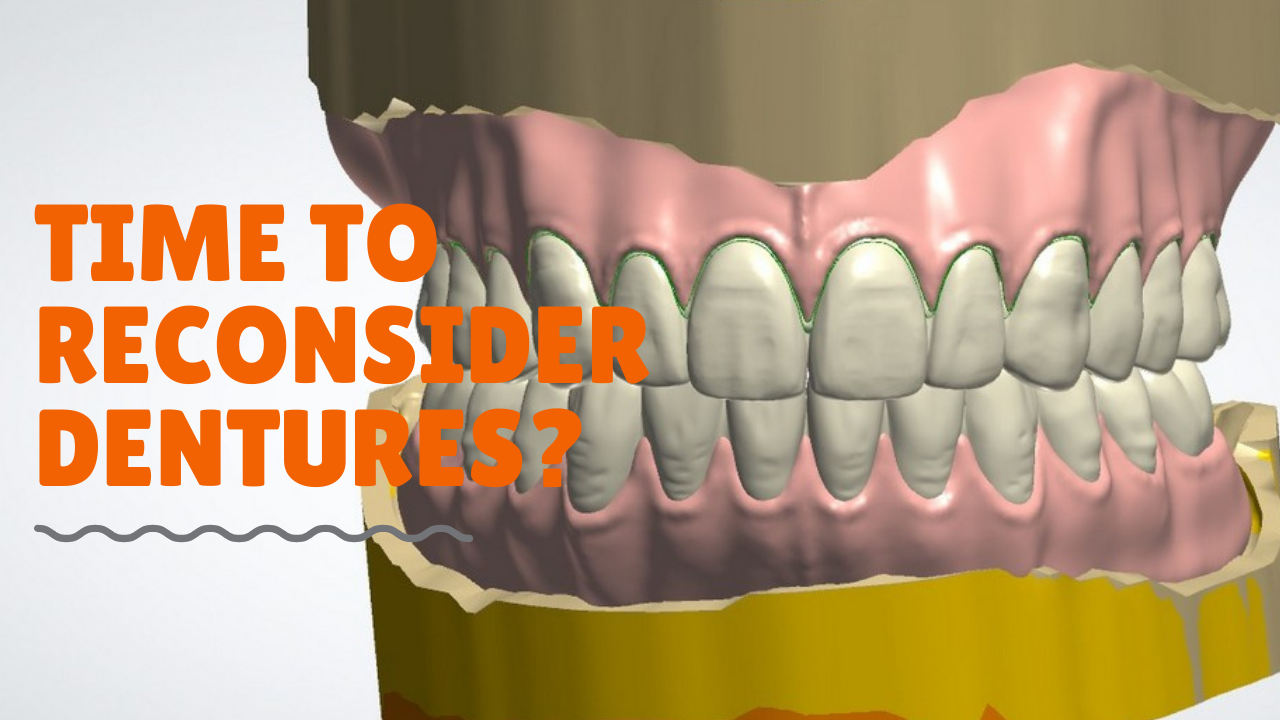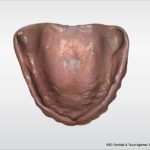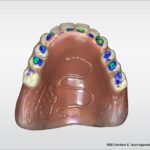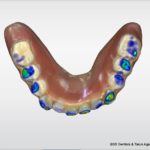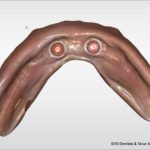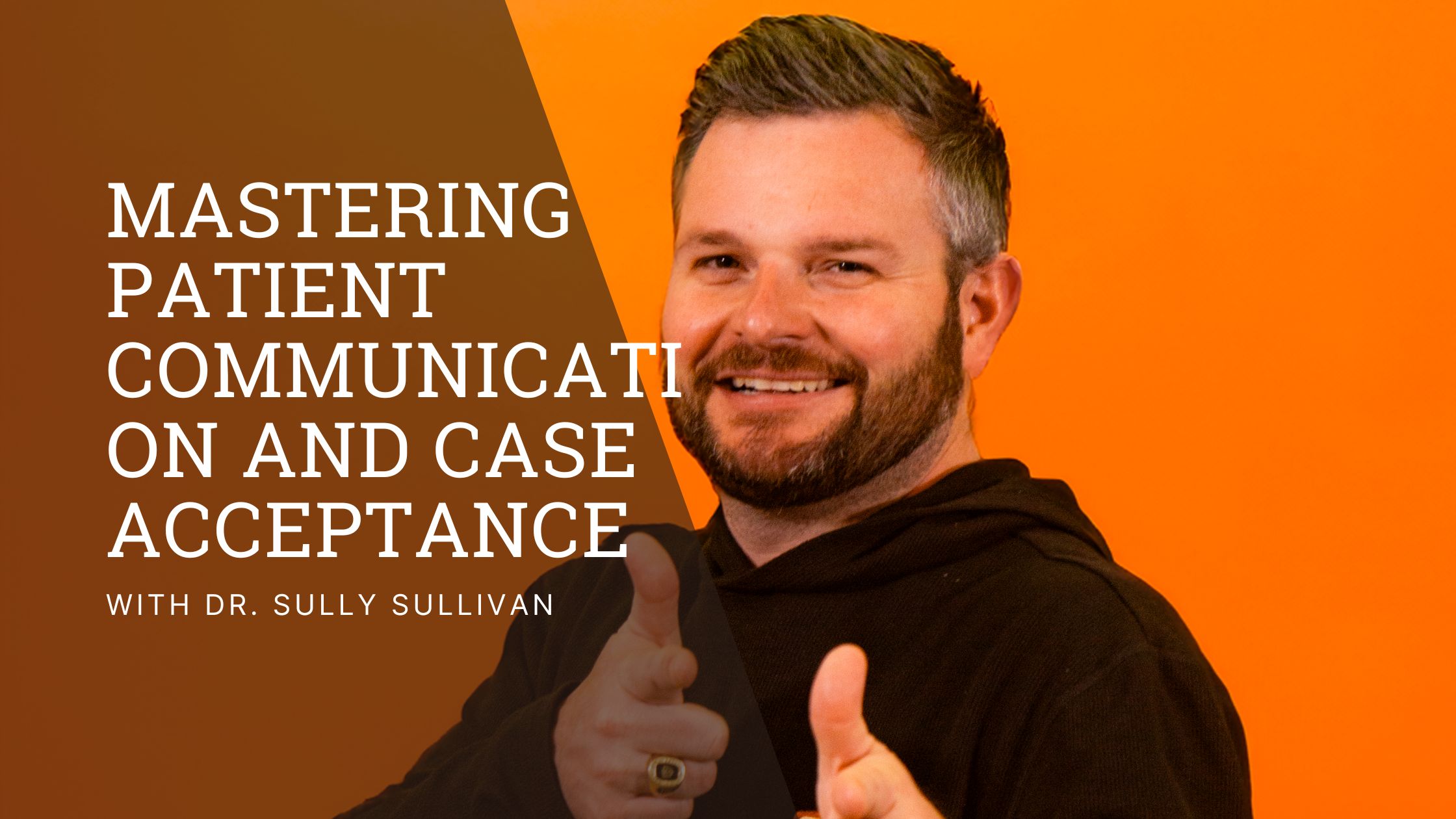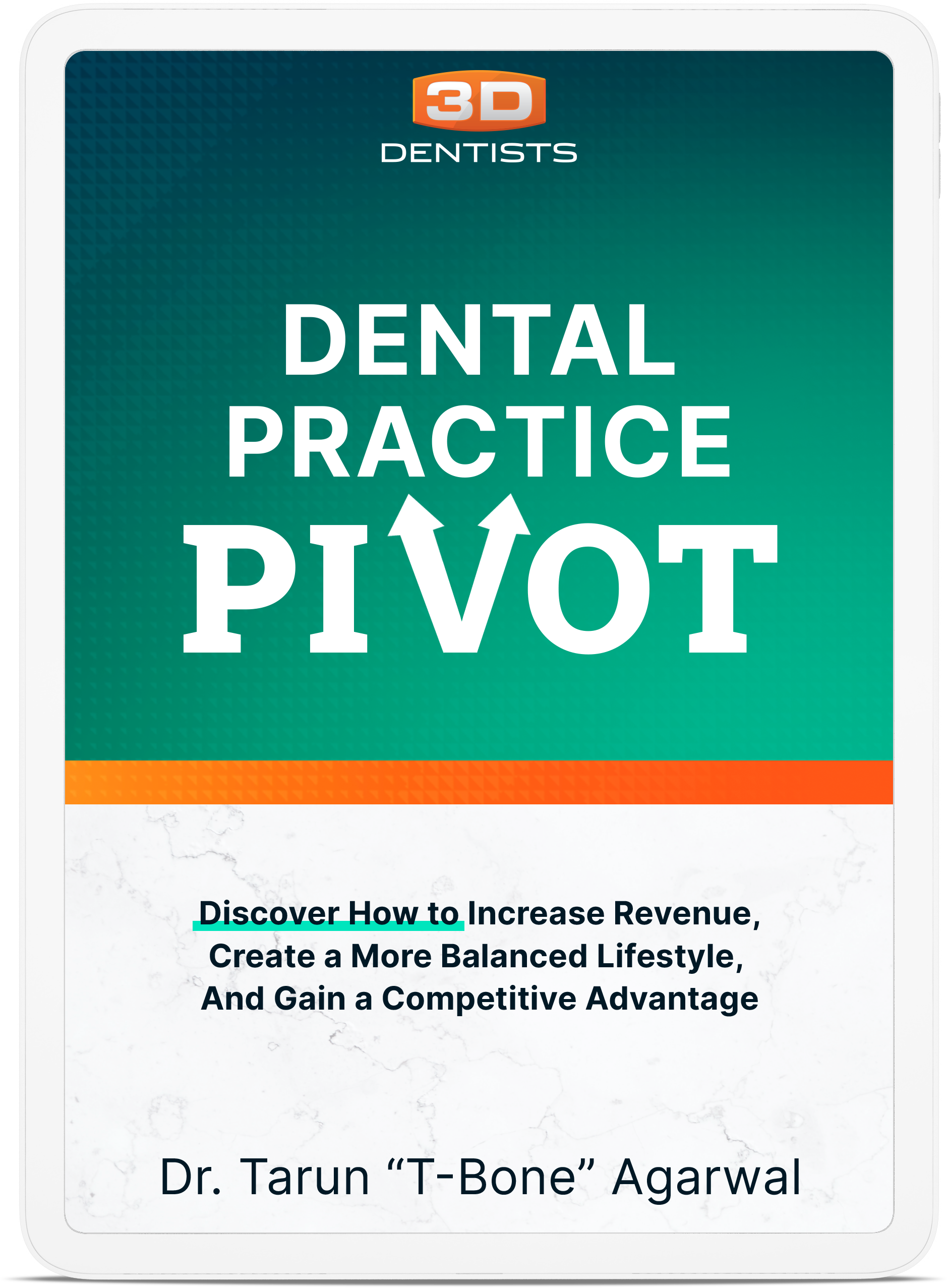For the past 5 years I have sworn off removable services in my office unless they involved dental implants. About 2 years ago I took that a step further and swore off implant retained overdentures as well.
The truth is that we weren’t doing removable often enough to develop good systems to make it profitable. Furthermore, the headaches of multiple appointments, adjustments, patient expectations, etc made it not enjoyable.
I have been down this road with many procedures in my career – where I decide I don’t want to do them anymore. Each time technological advancements come around that transform the ease and predictability of said procedure.
Dentures Have Gone Digital (at the lab)
Unless you have been hiding under a rock, you have read numerous articles and case studies of how dentures have gone digital.
I first read about digital dentures from Avadent in the early 2010s. At that time it was the laboratory design that was digital. Honestly, I didn’t give it much thought because it required proprietary steps and seemed like more work on the dentist side of things.
More recently we have seen Dentsply Sirona (and many others) provide the ability to milland print dentures. We even show you how to print denture bases and teeth in our 3D printing course in your office.
Truthfully, this advancement alone doesn’t excite me. It doesn’t solve the in practice challenges of dentures – reducing visits, reducing lab adjustments, and less chairtime.
Dentures Go Digital (in the dental practice)
Sooooo.. what makes me even consider adding dentures back to our services list? The fact, that it’s now reasonable to take digitize the clinical side of denture fabrication. With advancements in intra-oral scanners and digital smile design – it’s now easier and more predictable and less visits with much better dentist-lab communication.
Case Example
A patient with existing dentures comes back to our office for new dentures. She has an upper complete and a 2 implant lower overdenture. In this past this would necessitate either duplicating the existing dentures (a complete pain), starting from new tissue level impressions, or using existing as trays and having lab return them same day and have the patient go without her teeth (both of which are hard to coordinate).
Instead we are able to take a double sided digital impression of the upper and lower denture while in occlusion. This begins the transfer and communication to the laboratory.
Next I am able to utilize Smile Design (done using Powerpoint in this case) to outline the aesthetic changes we would like to make.
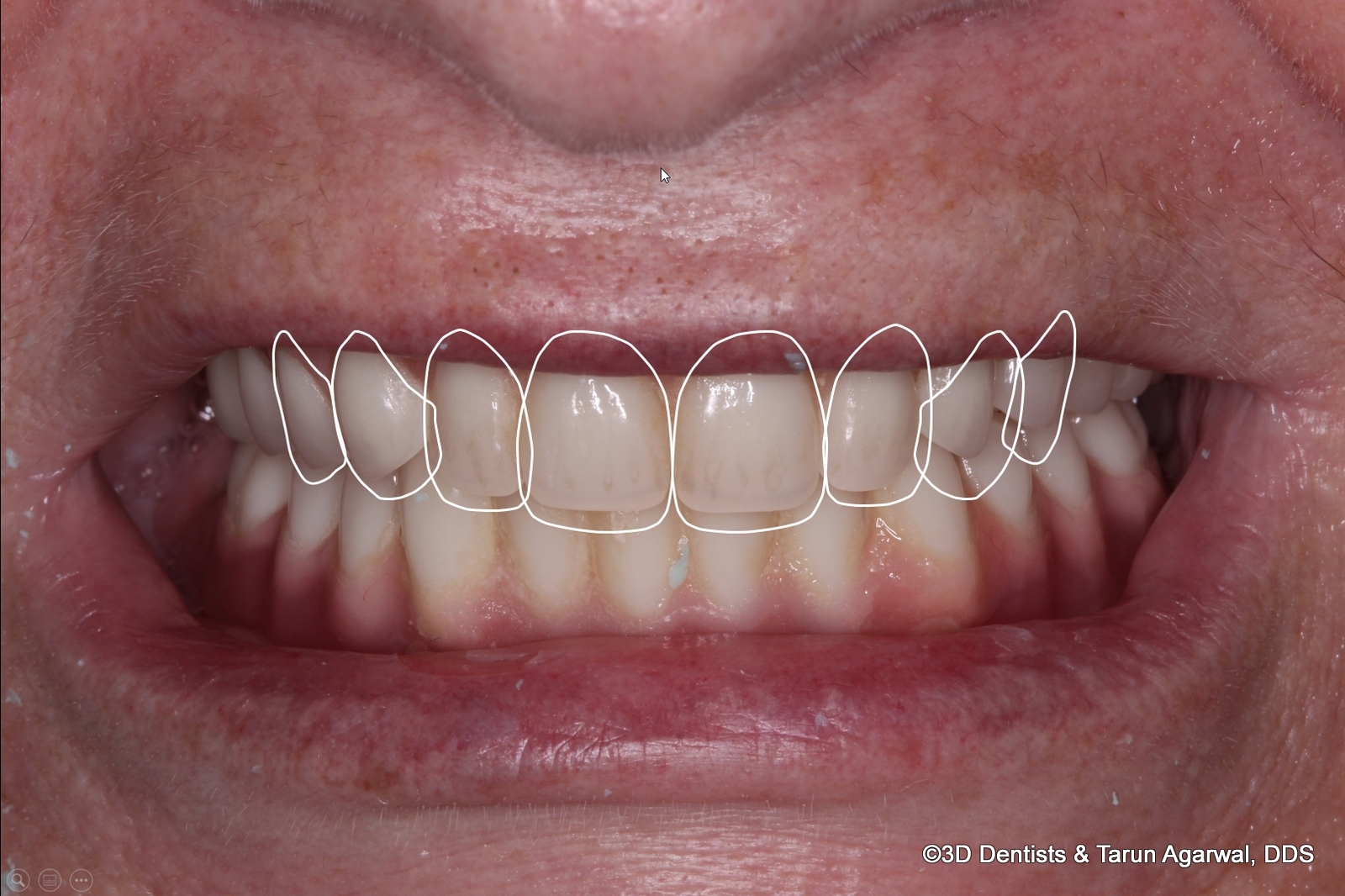
Here the lab can take this information and transfer it to the denture design software. In this case 3Shape Dental Studio was used. The overlay is used to ‘set’ the denture teeth at the new position to allow more tooth to show at rest and at smile.
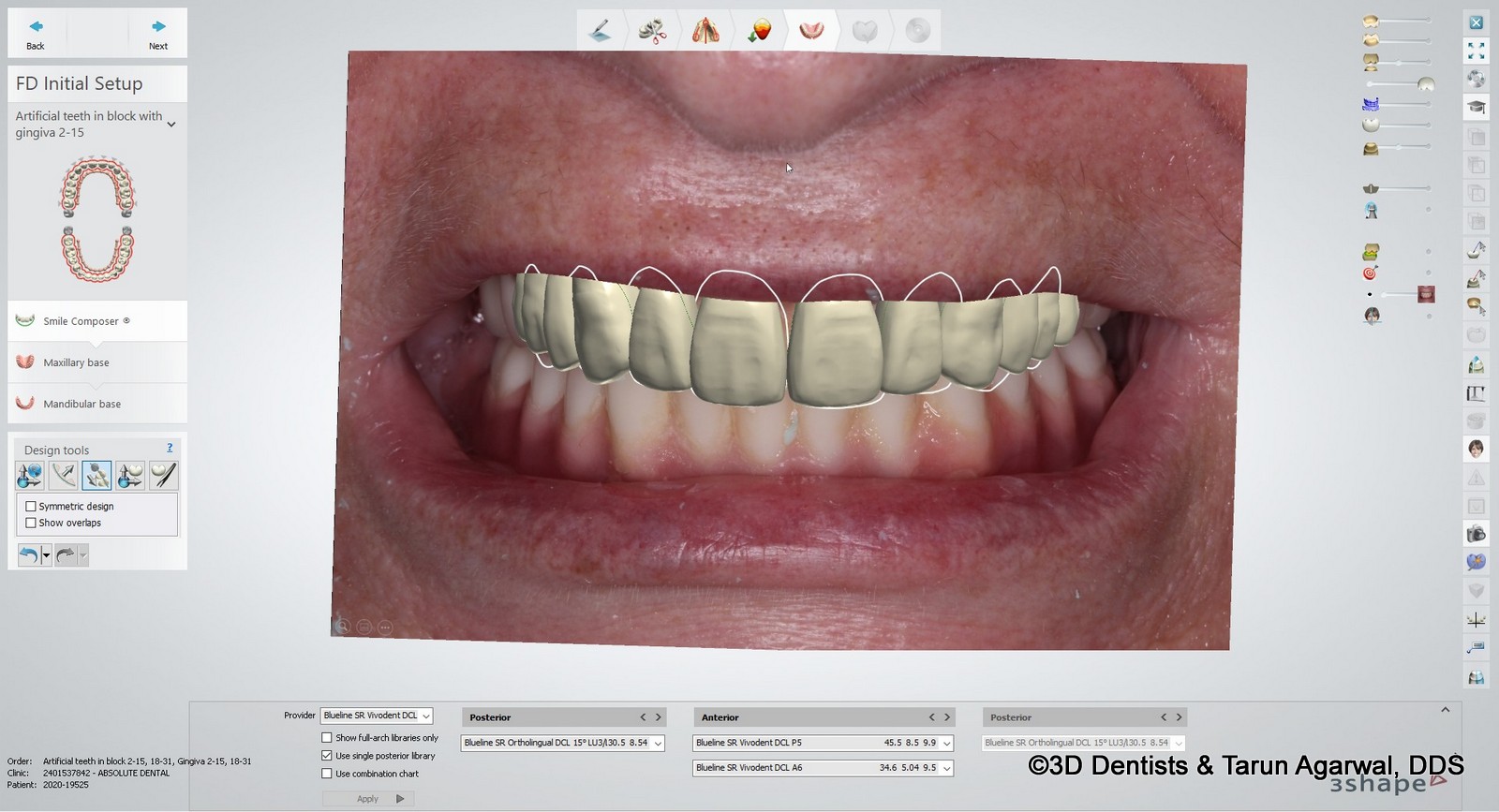
The final denture design was completed in the software. The lower teeth were intruded to not create excessive overbite.

From this design the laboratory is able to print try in dentures to test fit, bite, and tooth aesthetics. I chose not to have any pink added, but this is an option if you like.
I’d like to remind you this will be the patients second visit!
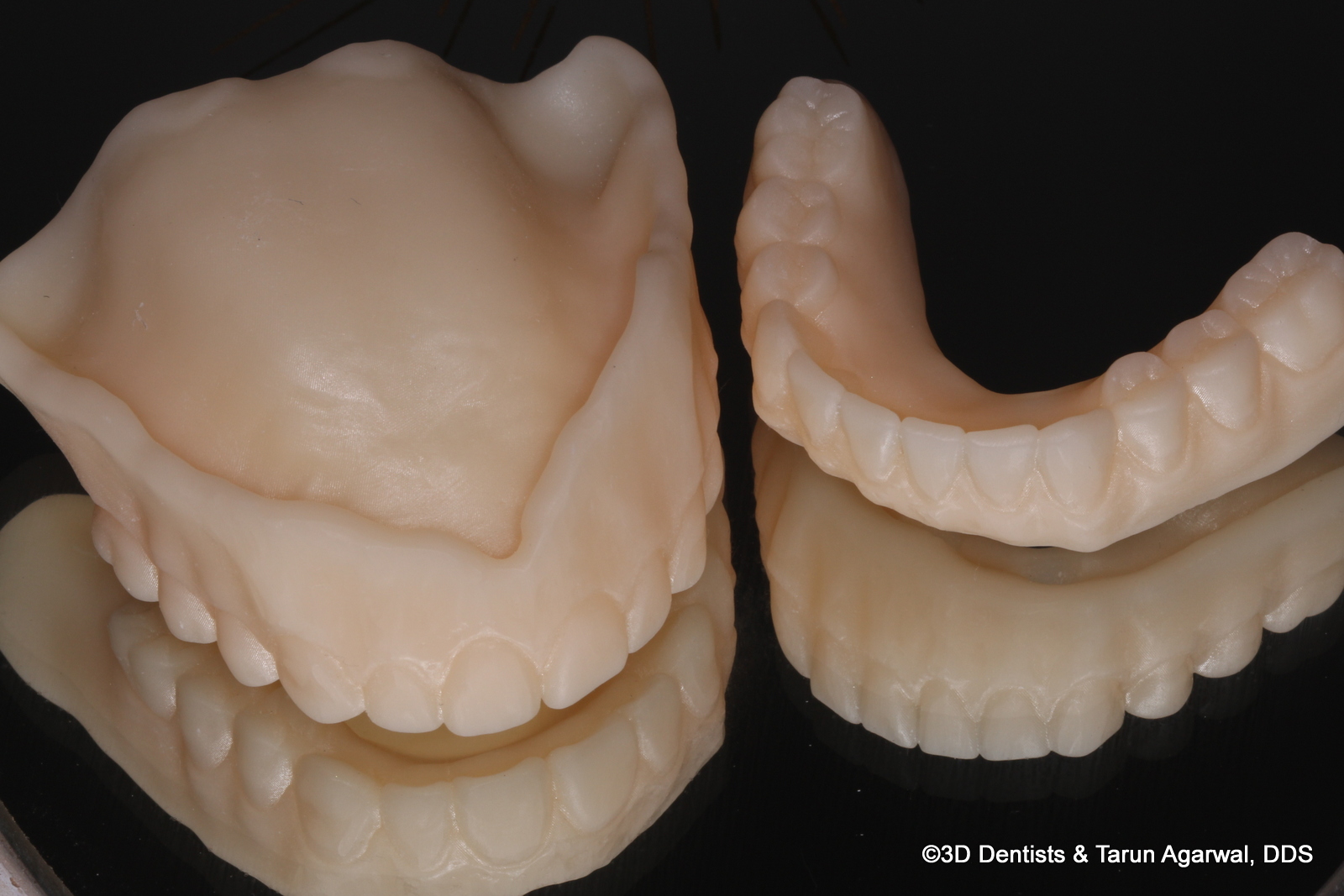
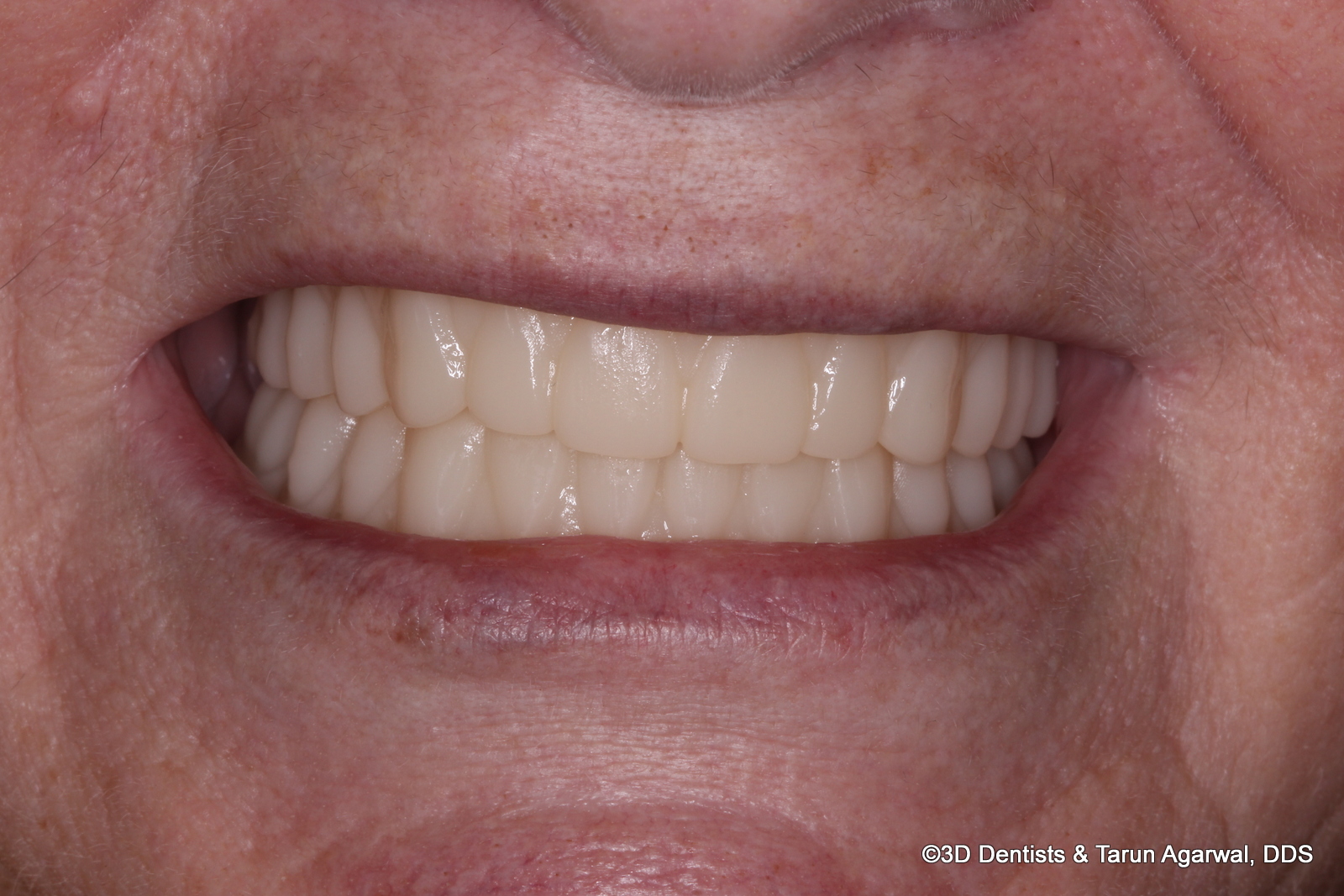
The printed try in dentures are quickly and easily relined with wash impression material for fabrication of the final prosthetic.
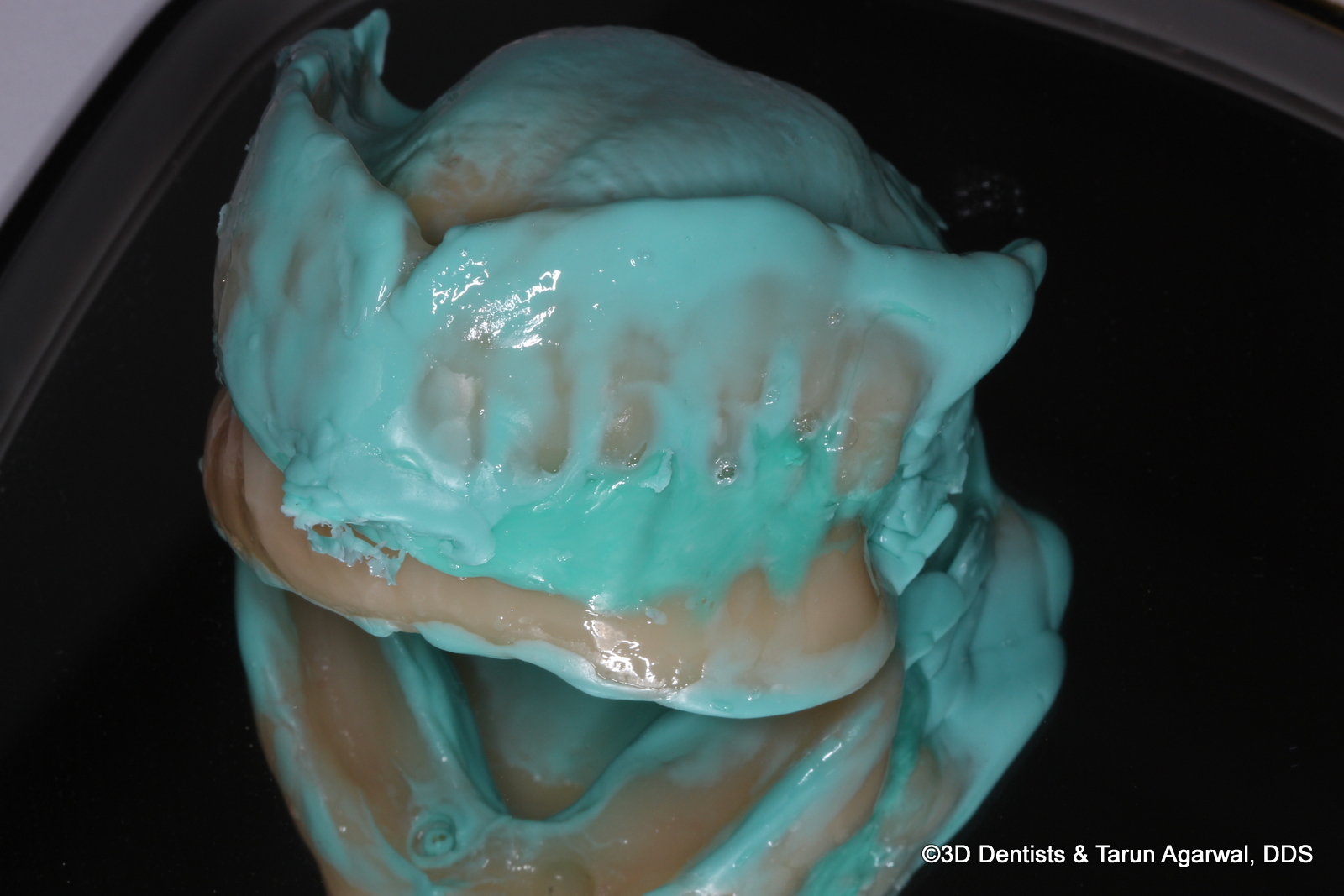
While this isn’t ‘completely digital’ it is significantly more predictable and easier than the traditional denture method. Moreover, much of this process can be delegated to a team member!
This is literally my first denture case I have done in nearly 3 years. I never thought I would even consider it again. I’ve got a few more coming up where I am going to push my limits (increasing vertical and more significant tooth position changes) with minimal visits.
The Sales Pitch
I’ve already mentioned our 3D Printing Course earlier if you are looking to add printing to your practice.
If you are ready to do more complex cases more predictably within the confines of a busy general practice, then I encourage you to look into our Business programs here at 3D Dentists.
B1 – Foundational Case Acceptance. In this 1 day program we teach you and your team our 4 step framework for increasing case acceptance. It’s the exact way we do it in my own dental practice.
B2 – Case Planning & Sequencing. This is a new 2 day hands-on workshop, we teach dentists how to properly case plan advanced and emotional dental cases. We utilize virtual implant planning, smile design software, and step by step case planning & sequencing worksheets to keep cases organized. The end result is an increase in case acceptance by patients and better organization for team members.
We look forward to seeing you at our programs so we can help grow your dental practice!

